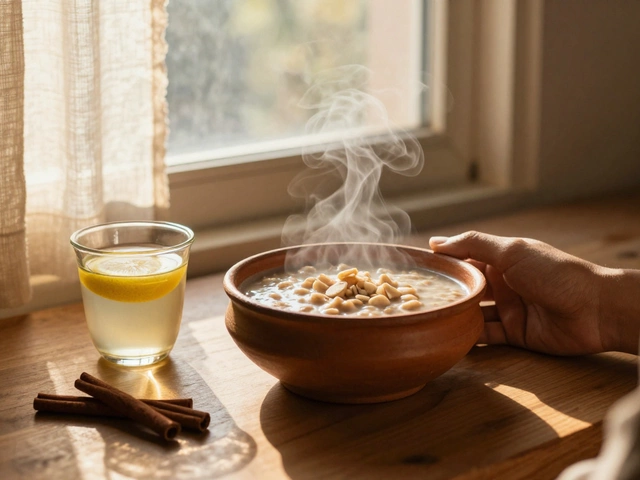Processed Food – Facts, Risks and Smart Choices
Ever wonder why you feel sluggish after a bag of chips or a frozen dinner? That feeling usually comes from the hidden ingredients in processed food. Understanding what’s really inside helps you make better decisions without giving up convenience.
What Counts as Processed Food?
Processed food is any item that’s been altered from its natural state. This includes simple steps like freezing, canning, or drying, as well as more complex changes such as adding sugar, salt, preservatives, and artificial flavors. Think about canned beans, breakfast cereals, pre‑made sauces, and even flavored yogurts. If a label lists a long string of unfamiliar words, you’re likely looking at a heavily processed product.
Not all processing is bad. Freezing vegetables locks in nutrients, and pasteurizing milk makes it safe to drink. The problem shows up when manufacturers load foods with excess sodium, added sugars, and unhealthy fats just to boost taste and shelf life. Those extra ingredients can pile up quickly, especially if you snack often.
Tips to Cut Down on Unhealthy Processed Foods
First, read the ingredient list. Aim for five items or fewer and avoid anything that starts with “sugar,” “high‑fructose corn syrup,” or “hydrogenated oil.” When you spot a long list of chemicals, consider swapping it for a whole‑food alternative.
Second, shop the perimeter of the store. Fresh produce, meat, and dairy sit around the edges, while the aisles are packed with processed snacks and sauces. Even a quick trip to the produce section can replace a bag of chips with an apple or carrot sticks.
Third, cook in batches. Making a big pot of soup or a tray of roasted veggies gives you ready‑to‑eat meals that beat frozen meals on nutrition and cost. Store portions in the fridge or freezer, and you’ll reach for homemade food instead of a microwave karton.
Finally, be smart about drinks. Sugary sodas and flavored waters are processed too. Water, plain tea, or a splash of fresh lemon can keep you hydrated without extra calories or chemicals.
Remember, you don’t have to eliminate processed foods completely. Small swaps add up: choose whole‑grain bread over white, pick plain nuts instead of candy‑coated mixes, or opt for low‑sodium broth. Over time, these changes lower your intake of sodium, added sugars, and unhealthy fats, which supports better heart health, steadier blood sugar, and more consistent energy.
So the next time you reach for a snack, pause and ask: Is this a whole food or a heavily processed product? A quick look at the label and a few simple habits can help you stay on track without sacrificing convenience.






